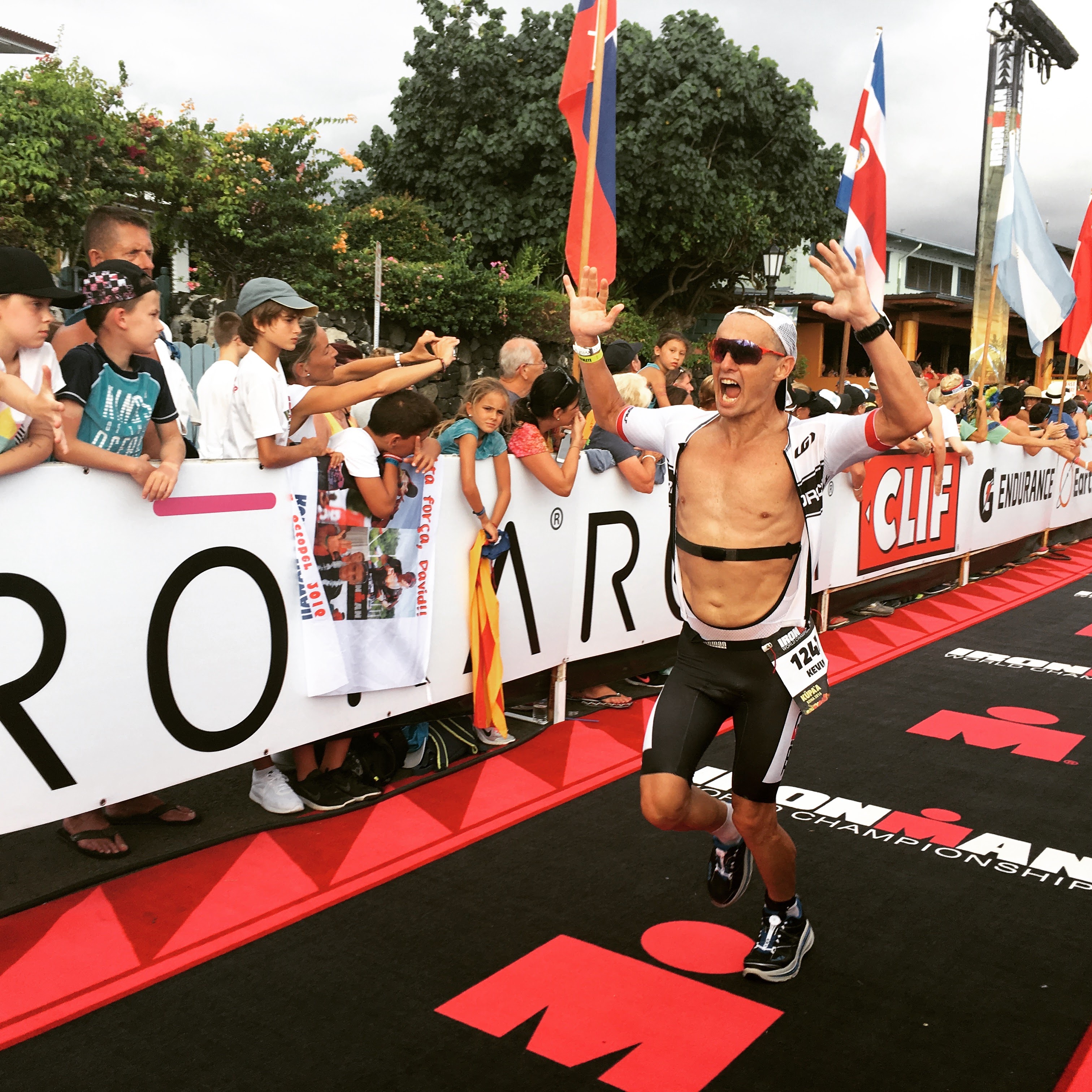With the availability of power on the bike and GPS on the run, the good old heart rate monitor can seem obsolete. And it’s true, the most important pacing tools are (in order):
1. perceived exertion
2. power (bike) and pace (run)
3. heart rate (HR)
But, just because heart rate ranks #3 doesn’t mean it isn’t valuable!
USING HEART RATE DURING A RACE
1. During the race (especially on the bike), a higher than normal / expected heart rate is a warning sign that you might be working too hard.
If perceived exertion feels right and you are riding at your planned power, then you might choose to ignore the high heart rate for now, but you should be on “high alert” for issues (and do some soul searching about whether your are fooling yourself that the current effort is sustainable). When this happens to me, I make a concerted effort to use downhills and high speed sections to bring my heart rate down.
If perceived exertion is too high and heart rate is too high, then it’s time to back off, even if you are at your planned power. Settle down for now and maybe the body will reset and come around later. Or, maybe you’ll just have to ride at a lower power– often times a “bad bike” can be followed by an outstanding run.
2. High HR can also indicate dehydration.
If HR is creeping up later in the race, it’s possible you are getting dehydrated. Do a systems check and see if you should start drinking more aggressively.
ANALYZING YOUR HEART RATE AFTER THE RACE
1. If your heart rate was high for a long period of time to start the bike, it can mean your swim fitness is weak.
THAT’S HALF THE REASON WE TRAIN HARD ON THE SWIM. We don’t just want a good swim split– we want to be fit enough to race a hard 2.4 (or 1.2) mile swim and not feel tired at all afterwards! Many people can swim a fast split on limited training, but if your heart rate is spiked for an hour afterwards, you’ll pay the price.
2. Your heart rate should go up AT LEAST 5 beats (if not 10) from bike to run.
If you can’t do it, it means you likely biked too hard (or under fueled). For planning future pacing, if you know that you’ve had your best ironman run at 155 beats per minute, for example, you might want to keep your bike heart rate at 145 for most of the ride. If you are riding at 155, you know you are biking too hard from a HR perspective.
3. While your power and pace numbers will change a bit from race to race as you improve, your “Ironman heart rate” or “Half Ironman heart rate” will be much more stable from year to year.
I know that my best Ironman runs are 155 bpm (or a little higher if I’m really able to push). I’ve been able to run well pretty reliably off a a 147 bpm bike or below (with most races being 146-147). These numbers have been relatively stable over a decade. I’ve run well once off of a 151 bpm bike (my best ever Ironman marathon of 3:01), but I was ridiculously fit for that race. The less fit you are overall, the lower your bike HR should be if you want to have a chance to push it on the run.
I know… it’s difficult to find a decent heart rate strap and optical HR is junk for most people. But for the reasons above it’s worth putting in the effort to get it dialed. So… strap up and measure that heart rate!

